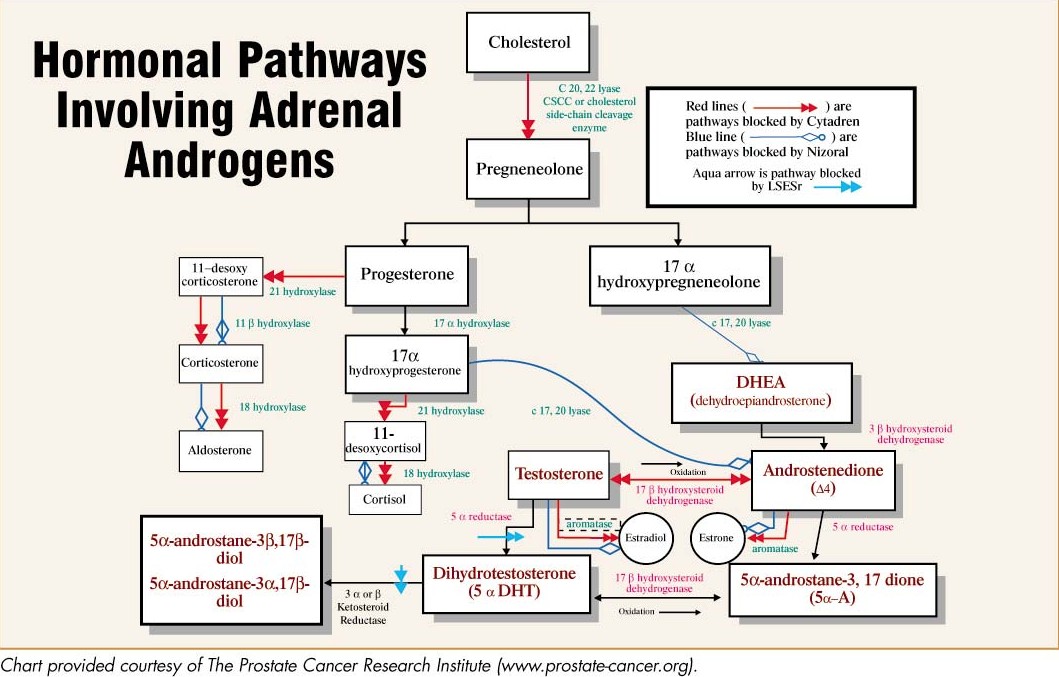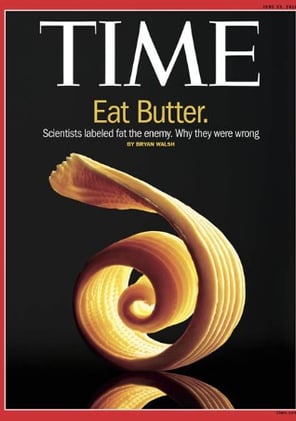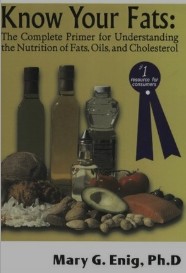Balance Hormones Naturally
Do not run to take HRT before doing these simple life affirming changes! Get Pregnant and have the life you dreamed of without breaking the bank!
Bex Martinovich
9/14/20248 min read


Hormonal Imbalance
Root Cause of Hormonal Imbalance is Stress.
Toxic Standard American Diet is one of the many causes of hormonal imbalance and the very first thing you need to change if you plan on conceiving a healthy child or having a happy balanced hormonal system.
We will dive into dietary toxins and effects upon the hormones in this section and visit other forms of chemical stress later on.
Dietary Food Additives
Sodium nitrate: Added to processed meats to stop bacterial growth. Linked to cancer in humans. (Worst Offender)
Sulfites: Used to keep prepared foods fresh. Can cause breathing difficulties in those sensitive to the ingredient.
Azodicarbonamide: Used in bagels and buns. Can cause asthma.
Potassium bromate: Added to breads to increase volume. Linked to cancer in humans.
Propyl gallate: Added to fat-containing products. Linked to cancer in humans
BHA/BHT: A fat preservative, used in foods to extend shelf life. Linked to cancerous tumor growth.
Propylene glycol: Better known as antifreeze. Thickens dairy products and salad dressing. Deemed ‘generally’ safe by FDA.
Butane: Put in chicken nuggets to keep them tasting fresh. A known carcinogen.
Monosodium glutamate (MSG): Flavor enhancer that can cause headaches. Linked in animal studies to nerve damage, heart problems and seizures.
Disodium inosinate: In snack foods. Contains MSG.
Disodium guanylate: Also used in snack foods, and contains MSG.
Enriched flour: Used in many snack foods. A refined starch that is made from toxic ingredients.
Recombinant Bovine Growth Hormone (rBGH): Genetically-engineered version of natural growth hormone in cows. Boosts milk production in cows. Contains high levels of IGF-1, which is thought cause various types of cancer.
Refined vegetable oil: Includes soybean oil, corn oil, safflower oil, canola oil, and peanut oil. High in omega-6 fats, which are thought to cause heart disease and cancer.
Sodium benzoate: Used as a preservative in salad dressing and carbonated beverages. A known carcinogen and may cause damage our DNA.
Brominated vegetable oil: Keeps flavor oils in soft drinks suspended. Bromate is a poison and can cause organ damage and birth defects. Not required to be listed on food labels.
Propyl gallate: Found in meats, popcorn, soup mixes and frozen dinners. Shown to cause cancer in rats. Banned in some countries. Deemed safe by FDA.
Olestra: Fat-like substance that is unabsorbed by the body. Used in place of natural fats in some snack foods. Can cause digestive problems, and also not healthy for the heart.
Carrageenan: Stabilizer and thickening agent used in many prepared foods. Can cause ulcers and cancer.
Polysorbate 60: A thickener that is used in baked goods. Can cause cancer in laboratory animals.
Camauba wax: Used in chewing gums and to glaze certain foods. Can cause cancer and tumors.
Magnesium sulphate: Used in tofu, and can cause cancer in laboratory animals.
Chlorine dioxide: Used in bleaching flour. Can cause tumors and hyperactivity in children.
Paraben: Used to stop mold and yeast forming in foods. Can disrupt hormones in the body, and could be linked to breast cancer.
Sodium carboxymethyl cellulose: Used as a thickener in salad dressings. Could cause cancer in high quantities.
Aluminum: A preservative in some packaged foods that can cause cancer.
Artificial Sweeteners
Artificial sweeteners are regulated by FDA, just as food additives are, but this does not apply to products ‘generally recognized as safe.
Saccharin: Carcinogen found to cause bladder cancer in rats. (Worst Offender)
Aspartame: An excitotoxin and thought to be a carcinogen. Can cause dizziness, headaches, blurred vision and stomach problems.
High fructose corn syrup: Sweetener made from corn starch. Made from genetically-modified corn. Causes obesity, diabetes, heart problems, arthritis and insulin resistance.
Acesulfame potassium: Used with other artificial sweeteners in diet sodas and ice cream. Linked to lung and breast tumors in rats.
Sucralose: Splenda. Can cause swelling of liver and kidneys and a shrinkage of the thymus gland.
Agave nectar: Sweetener derived from a cactus. Contains high levels of fructose, which causes insulin resistance, liver disease and inflammation of body tissues.
Bleached starch: Can be used in many dairy products. Thought to be related to asthma and skin irritations.
Tert butylhydroquinone: Used to preserve fish products. Could cause stomach tumors at high doses.
Artificial Food Colorings
Food colorings are used to give foods a more attractive appearance, but some experts believe they cause serious health problems, including asthma and hyperactivity in children.
Red #40: Found in many foods to alter color. All modern food dyes are derived from petroleum. A carcinogen that is linked to cancer in some studies. Also can cause hyperactivity in children. Banned in some European countries. (Worst Offender)
Blue #1: Used in bakery products, candy and soft drinks. Can damage chromosomes and lead to cancer.
Blue #2: Used in candy and pet food beverages. Can cause brain tumors
Citrus red #1: Sprayed on oranges to make them look ripe. Can damage chromosomes and lead to cancer.
Citrus red #2: Used to color oranges. Can cause cancer if you eat the peel.
Green #3: Used in candy and beverages. May cause bladder tumors.
Yellow #5: Used in desserts, candy and baked goods. Thought to cause kidney tumors, according to some studies.
Yellow #6: A carcinogen used in sausage, beverages and baked goods. Thought to cause kidney tumors, according to some studies.
Red #2: A food coloring that may cause both asthma and cancer.
Red #3: A carcinogen. that is added to cherry pie filling, ice cream and baked goods. May cause nerve damage and thyroid cancer.
Caramel coloring: In soft drinks, sauces, pastries and breads. When made with ammonia, it can cause cancer in mice. Food companies not required to disclose if this ingredient is made with ammonia.
Brown HT: Used in many packaged foods. Can cause hyperactivity in children, asthma and cancer.
Orange B: A food dye that is used in hot dog and sausage casings. High doses are bad for the liver and bile duct.
Bixin: Food coloring that can cause hyperactivity in children and asthma.
Norbixin: Food coloring that can cause hyperactivity in children and asthma.
Annatto: Food coloring that can cause hyperactivity in children and asthma.


Understanding Hormonal Imbalance.
The detailed image above paints a very fascinating picture into how stress in general terms causes hormonal imbalance.
We will just look at the effect of stress at this time and go over the many form of stress in later blogs.
Understanding the intricate relationship between stress perception and hormonal balance is crucial, particularly when it comes to progesterone levels. High stress perception activates the hypothalamic–pituitary–adrenal (HPA) axis, leading to a cascade of hormonal responses that can significantly impact our health. When stress strikes, the body releases corticotropin-releasing hormone (CRH), followed by adrenocorticotropic hormone (ACTH), ultimately resulting in elevated cortisol levels—the primary glucocorticoid in humans.
This is where the concept of “pregnenolone steal” comes into play. Pregnenolone serves as a precursor for various steroid hormones, including progesterone and cortisol. Under conditions of high stress, the body prioritizes cortisol production to manage immediate threats, which can lead to a depletion of pregnenolone available for synthesizing other hormones like progesterone. This diversion not only compromises progesterone production but also highlights how chronic stress can exacerbate hormonal imbalances.
The implications are clear: if we want to maintain healthy progesterone levels and support overall well-being, it’s essential to address high stress perception actively. That does not mean immediately rushing into administering HRT, it means removing the source of stress and rebalancing this delicate system. Too much cortisol and long term fight or flight can suppress the Thyroid from converting T4 into T3.
The following are the bodily effects of the cortisol-thyroid interaction:
Effects on thyroid hormone conversion: Cortisol may influence the conversion of inactive thyroid hormone T4 to the metabolically active form of T3 in peripheral tissues. Cortisol may affect the activity of enzyme 5’-deiodinase which is the enzyme that converts T4 to T3. As a result, there might be less availability of metabolically active hormones to be used by cells.
Thyroid regulation through the HPT axis: Cortisol may affect the activity of thyroid hormones in the HPT axis. It might influence the release of thyrotropin-stimulating hormone (TSH) from the pituitary gland, thereby affecting the stimulation of the thyroid gland to produce thyroid hormones.
Acute stress response and thyroid regulation: Acute stress may temporarily influence thyroid function and thyroid hormone levels. As discussed earlier, during times of acute stress cortisol will prioritize energy toward essential functions, and away from non-essential functions including thyroid hormone production.
Chronic stress and thyroid regulation: Chronic stress can affect the HPA axis and the balance of cortisol secretion. Chronic elevations of cortisol may be seen in mood and adrenal function concerns. Chronic disruptions in thyroid function may contribute to conditions such as hypothyroidism (or a metabolically under-active thyroid) or hyperthyroidism (or a metabolically over-active thyroid gland).
Impact on thyroid autoimmunity: Cortisol’s effects on the immune system may influence the immune response to thyroid antigens. This can contribute to the progression of autoimmune concerns such as Grave’s disease and Hashimoto’s disease. The results of this study suggest stressful life events may be a factor in the onset of Grave’s disease.
By managing stress through mindfulness techniques, exercise, and animal based diets free of plant toxins, we can help safeguard our hormonal health and prevent the detrimental effects of chronic cortisol elevation on our bodies. Understanding this connection empowers us to take proactive steps towards better health outcomes in an increasingly stressful world.
I have an entire program on stress in my dietary change programs as this is the precursor to all chronic illness and disharmony, and it is essential to know this so you can heal your body and look forward to a happy and healthy pregnancy.






Why Fat is Important - Mary Enig

Animal Based for Healing, Building and Maintaining Hormonal Balance.
Diet change to remove toxic stress from the body is the first step you need to take in order to restore balance with your hormones.
To embark on a journey of healing, it is essential to first alleviate stress, which in turn enables the body to detoxify and restore its natural balance. An animal-based diet plays a crucial role in this process, as it provides the necessary nutrients that support hormonal health. Begin by incorporating high-quality proteins, healthy fats, and vital vitamins found in animal products into your meals. This dietary shift not only fuels the body but also supports the metabolic processes required for hormone regulation. Additionally, consider integrating relaxation techniques such as mindfulness, yoga, or deep-breathing exercises to further reduce stress levels. By making these changes, you create an environment within your body that fosters healing and promotes overall well-being, allowing your hormones to function optimally.
Long Brisk Walks for Supporting Hormone Balance
Engaging in long brisk walks can have a profound impact on female hormones and overall health. These walks act as a gentle massage for the lymphatic system, promoting the circulation of vital nutrients throughout the body. By stimulating the heart's detox processes, regular brisk walking not only enhances cardiovascular health but also contributes to the strengthening of ligaments, bones, and muscles. To fully benefit from these advantages, it is essential to exercise seven days a week at a pace comfortable enough for a brisk walk lasting an hour. This consistent activity supports the healing process, fostering both physical resilience and emotional well-being. Making brisk walking a daily habit can lead to a healthier and more balanced life.
Conclusion

